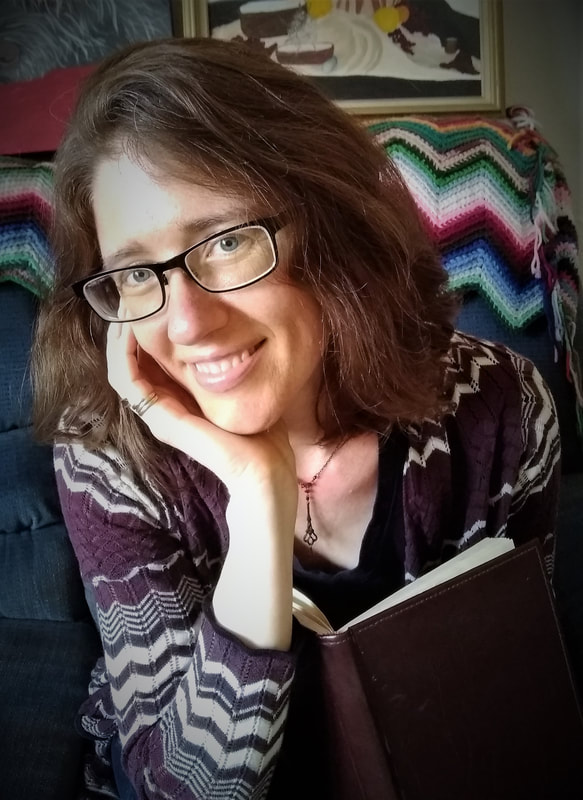|
If I asked you to make a list of the qualities of clear writing, what would go on that list? What qualities make something readable and easy to understand? At the top of that list are probably attributes like vocabulary and tone. Maybe you included good grammar and punctuation. But for many writers, there’s one way to improve readability that doesn’t involve changing a word: paragraph length. Perhaps your high school teacher or college professor gave you a rule for how many paragraphs should be on each page. Perhaps you’ve never even given it a thought. It’s a bit more complicated than X number of paragraphs per page, though, and it’s more important than you might think. Why does it matter? The simple answer is that shorter paragraphs are easier to read. Large unbroken blocks of text can be not only intimidating but difficult to understand. Reading is about more than just absorbing the ideas of the author. You many recall from my earlier post about all caps that we don’t actually read the words on the page letter by letter. There’s also a visual component to reading on the paragraph level. We take our cues about what to pay attention to based on its position in the paragraph. We pay most attention to the beginning and the end. The middle is all supporting evidence for those two sentences. Also, it’s more difficult to sort out individual ideas when many are lumped together. The mind needs visual cues that a new point is being made. Each paragraph break signals to our minds to pay attention. But be careful not to make your writing too choppy. If each sentence gets its own paragraph, the pace can get too stilted, and you’ll lose your readers because there’s too much disconnection between ideas. What’s your genre? You may notice that I tend to use shorter paragraphs, usually between two and four sentences. That’s because, with a few exceptions, blog posts are meant to be consumed quickly. The pace is faster and the ideas less in depth. Otherwise, readers get bogged down and either skim ahead or give up in favor of more easily consumed online content. But paragraph length can vary greatly depending on what field you’re writing in. For example, a scholarly or scientific work would be expected to contain much longer paragraphs, both because of the depth of the discussion and because of the expectations of the audience. You may end up with only a couple of paragraphs per page. What tone and pace are you going for? Longer paragraphs give your writing a more ponderous, weighty tone and a slower pace, preferable for heavier subjects like scientific or medical papers. Some subjects need more development and a slower pace to allow readers to dwell on what the author is explaining. On the other hand, shorter paragraphs produce a fast-paced, or even breathy, tone, better suited for media that is meant to move quickly and keep readers engaged, like blog posts. But you’re not stuck with just one paragraph length. Skilled writers know how and when to vary the length of their paragraphs to control the pace of their writing, especially evident in fiction. Next time you’re reading a novel, watch how the author uses paragraph length to control the pace of the story and your engagement. What will the final page layout be? As you’re typing and deciding how many sentences should go in each paragraph, keep in mind the final layout of your writing. What looks like reasonably sized blocks of text on a full page will look like much larger blocks when squeezed into narrow columns. When should a paragraph break? Paragraphs exist to group together several sentences about a single idea. When the sentences are grouped together, the eye flows over them more easily, and the mind records them as a unit. That means that the paragraph should break with each new point or idea. Section or chapter breaks are for larger shifts in subject. There’s no absolute rule about how long your paragraphs should be. So, experiment and see what works best for your writing. Rebecca Miller is a professional copyeditor and general fan of all things having to do with the written word and the English language. You can check out her website at Oakdale Editing or connect through Facebook, LinkedIn, Instagram, or Email.
0 Comments
Leave a Reply. |
AuthorRebecca has a passion for helping you fill the world with great literature and making sure said literature doesn't get passed over for the lack of a little editing. Archives
July 2022
Categories
All
|


 RSS Feed
RSS Feed
